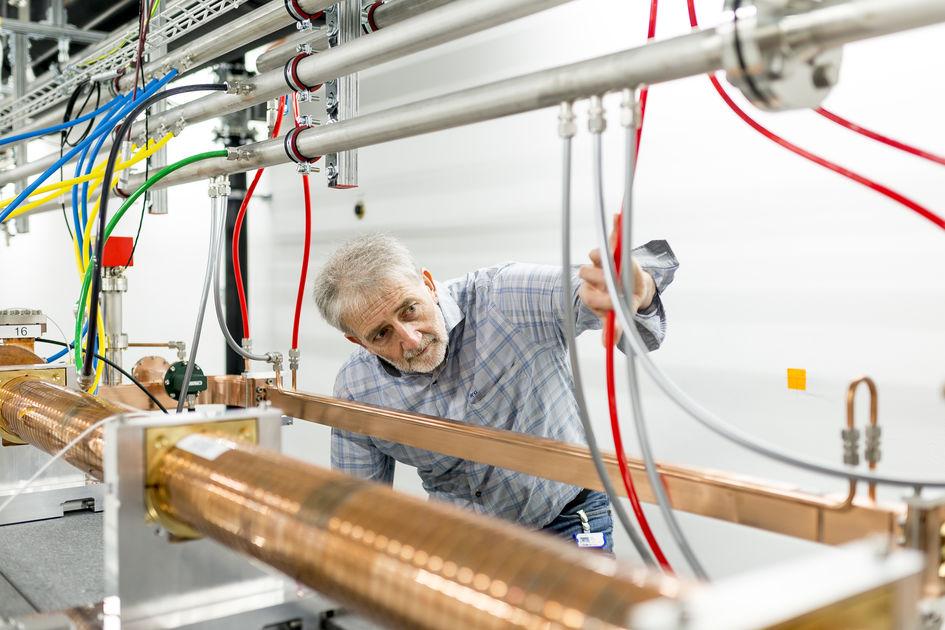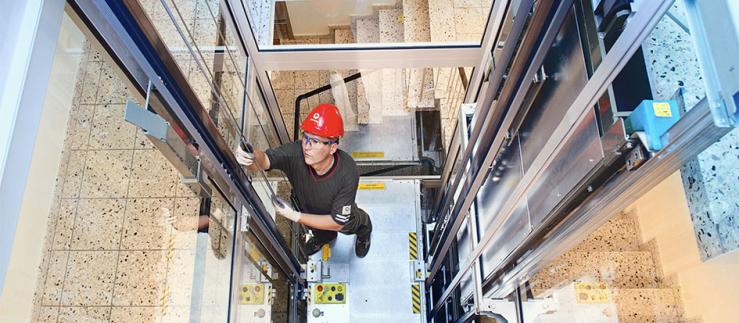Lithium-sulphur batteries can theoretically deliver about three times as much energy as the lithium-ion batteries widely used today. The snag is that current lithium-sulphur prototypes lose capacity significantly after only a few charging cycles. They have thus been unsuited to electric cars up to now, but this could soon change.
Researchers at the PSI laboratory for electrochemistry have gained new insights into the processes responsible by developing a special test method with x-ray light and using it to follow the chemical reactions within the battery. For the first time, they directly showed how the lithium-sulphur links within the battery alter and thereby cause the loss in capacity. They also observed for the first time how ordinary quartz powder, the main component of sand and the main ingredient in glass, improves lithium-sulphur batteries: as an additive in the battery liquid, it increases the energy available and then prevents the loss of capacity over time.
The positive effect of quartz became obvious when PSI researchers tested the chemical processes within batteries using a special x-ray method, alongside colleagues from the University of Grenoble Alpes. Usually, liquids cannot be observed with this technique, thus also concealing processes in the electrolyte. X-ray diffraction only succeeds with ordered crystalline structures. The sulphur content of the battery liquid is usually scattered around in a disorganized way. To make the polysulphides visible, however, the researchers dipped glass fibres into the electrolyte. The polysulphides rose to the surface in an organized manner and could thus be made visible by x-rays. The researchers noted that the glass fibres unexpectedly reduced undesirable deposits in the battery. Since glass is principally made of quartz, it was a short step to using quartz powder as a sort of detergent in batteries.







